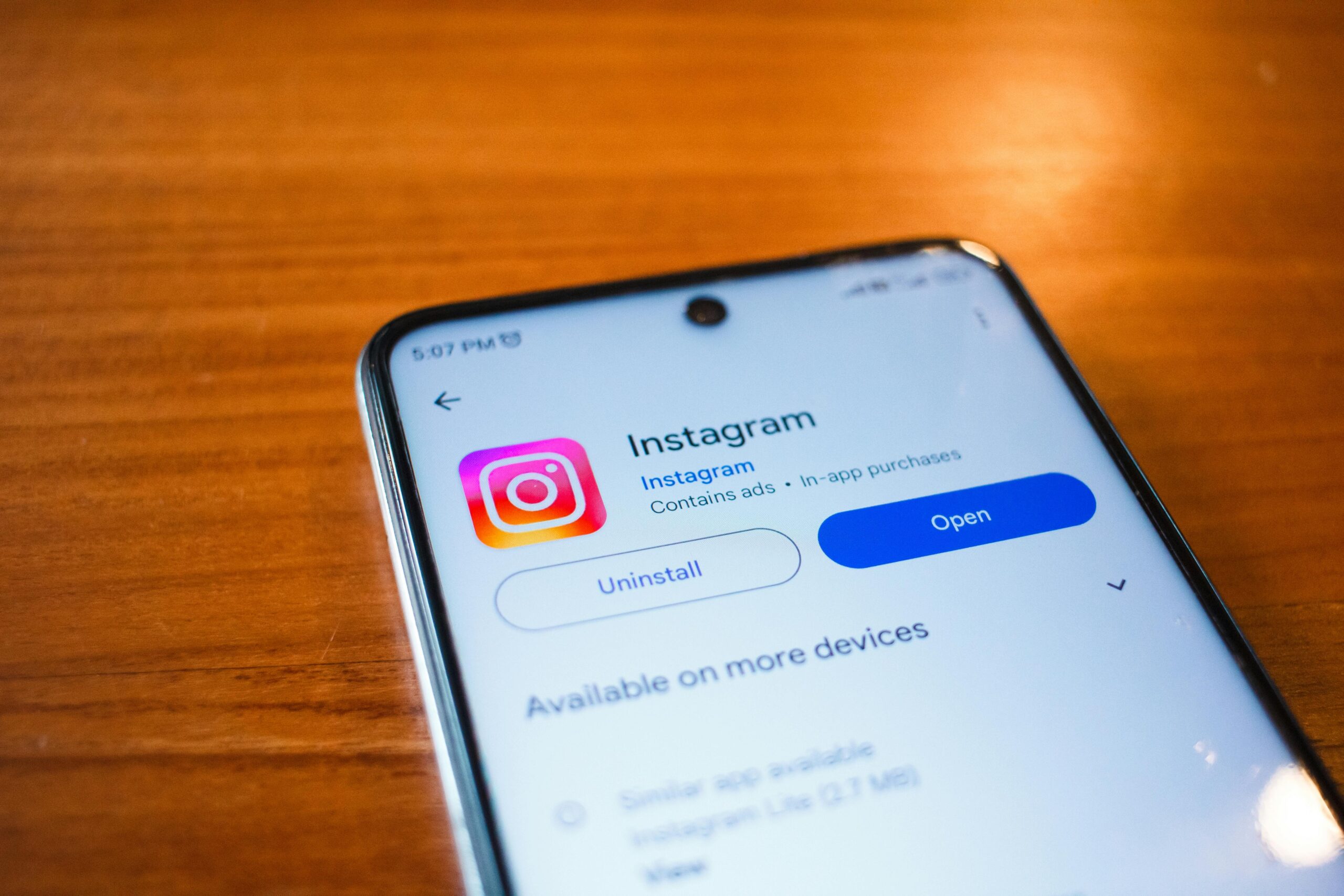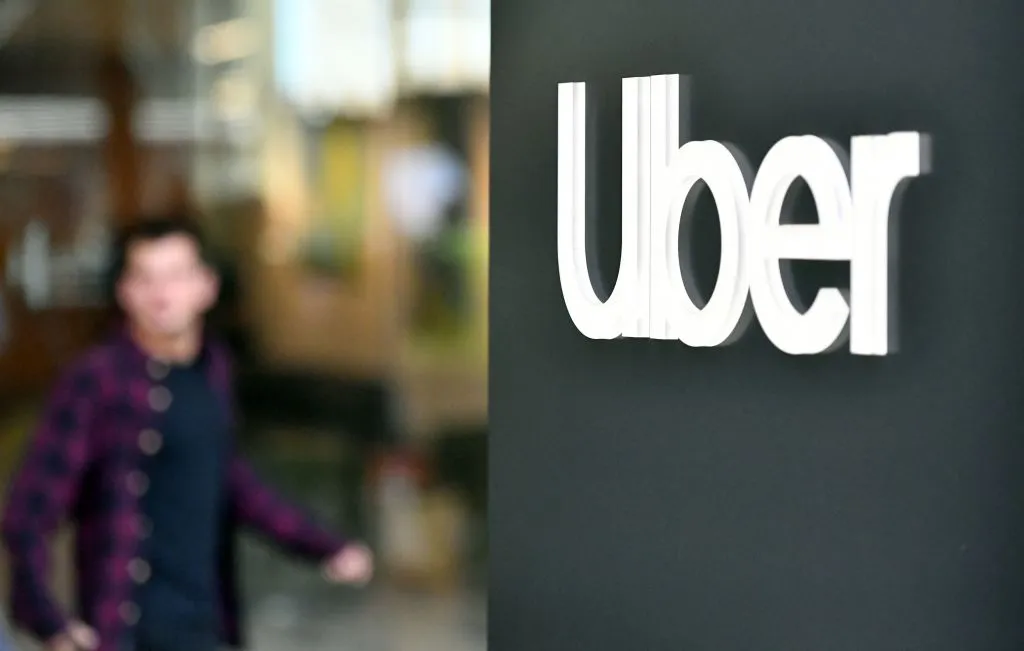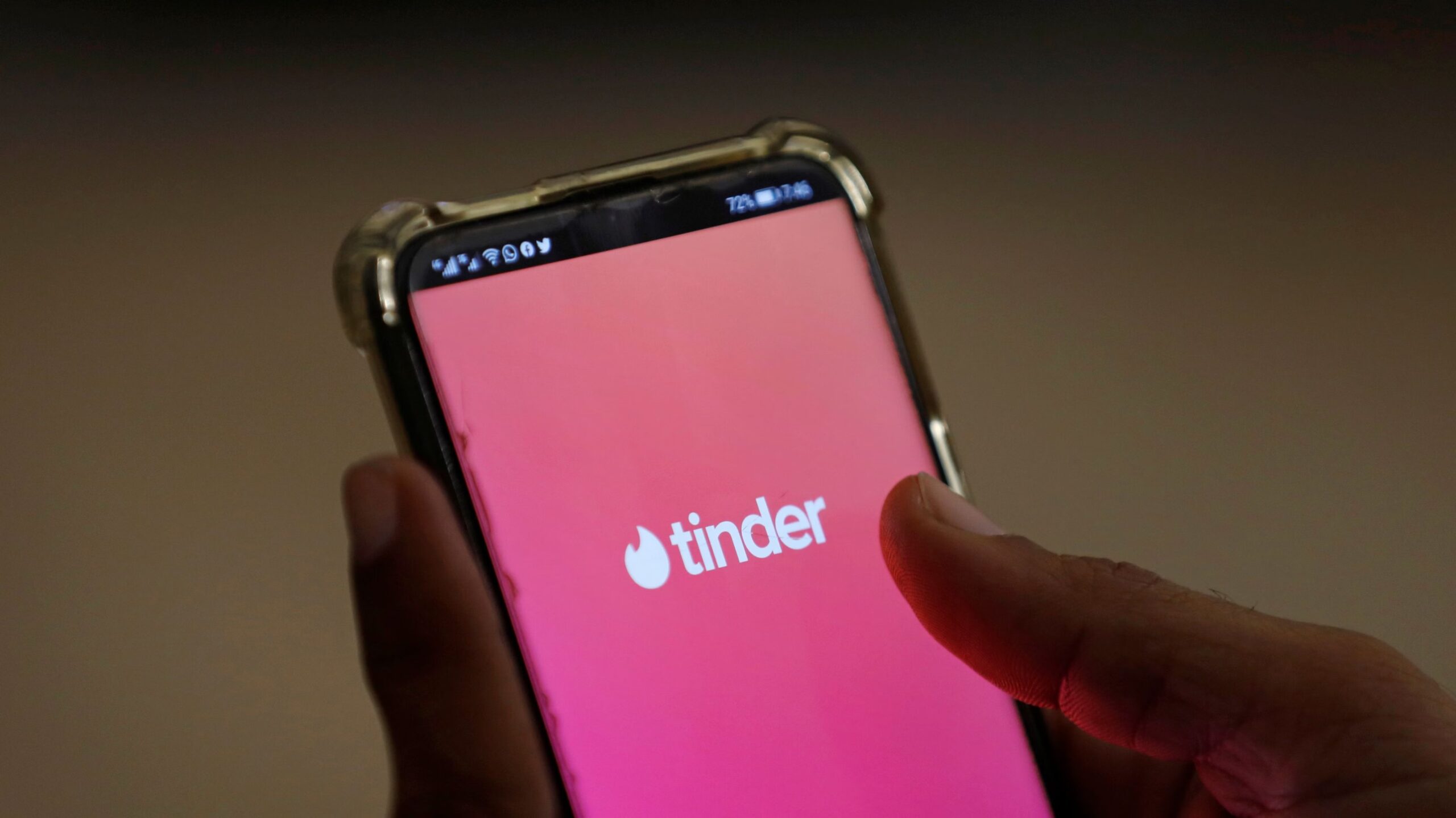This fall, Uber will roll out new self-identification features designed for riders who are deaf, hard of hearing, blind, or have low vision. These options aim to reduce potential misunderstandings between riders and drivers, ensuring a smoother ride experience for individuals with sensory disabilities.
When a rider chooses to self-identify through the app, their driver will be notified in advance. This allows drivers to accommodate specific needs, such as ensuring the rider is picked up directly at their location rather than requiring them to search for the vehicle.
Additionally, Uber will make it easier for passengers to manage their communication preferences. The company is relocating these settings to the Accessibility section of the app, simplifying access for users who prefer in-app messaging over phone calls. If a rider selects chat-only communication, the driver will be unable to contact them via phone.
Piloting Service Animal Identification
In the coming weeks, Uber will also begin testing another self-identification feature in the US and Canada, specifically for riders with service animals. As part of this trial, Uber plans to send its drivers an educational video detailing the guidelines for transporting service animals. The video will emphasize the importance of compliance with company policy, which prohibits drivers from denying rides to passengers with service animals.
While Uber has made several efforts to improve the accessibility of its service over the years, the company has faced challenges. Despite teaming up with external partners to provide wheelchair-accessible rides in certain markets, Uber has been sued for failing to offer these services universally.
In 2021, the US Department of Justice took legal action against the platform, citing its practice of charging “wait time” fees to passengers who required more time to enter a vehicle due to disabilities. Though Uber continues to work towards greater inclusion, the rider’s experience may still largely depend on the driver.










